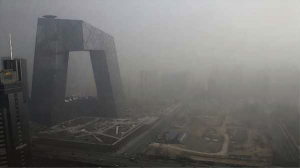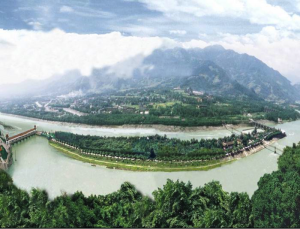My summer work has been split evenly between developing a curriculum for a class on China’s environment and editing chapters intended for a book on innovation in China’s high-tech industry.
The latter project consisted mainly of line editing and referential crosschecking. I worked on the book’s introduction, as well as on chapters pertaining to the relationships between innovation and policymaking in China’s indigenous automobile sector, burgeoning green building program, cellular phone industry, and HSR network development. Exposure to such a wide array of state approaches to stimulating innovative practices – and even wider array of outcomes – helped me grasp the importance of regional and historical contexts in economic geography. I will also say that line editing gives one entirely new insights into language. While not technically part of this project, I also worked on a shorter article pertaining to the impact of Snowden’s revelations on the Chinese high-tech sector, an article that was eventually published by The National Interest.
The curriculum development portion of the project consisted of gathering and annotating sources, stitching together a source list and daily reading schedule, and finding and extracting relevant video clips. The class, titled Environmental China: nature, culture and development, will be taught at the 200 level in fall. The course won’t simply survey contemporary issues plaguing China’s environment (although establishing the interdependence and scale of these issues is important). Rather, it will trace China’s environment – as a physical and imagined/philosophical/politically valuable entity – throughout Chinese history, and across numerous regions. Continuity and breaks in historical environmental governance (especially water management) also highlight how environmental issues and solutions have always been a key arbiter of Chinese political structures and success, and promise to be influential again in the near future. The course primarily intends to establish the Chinese environment as a unique entity in need of unique approaches.


